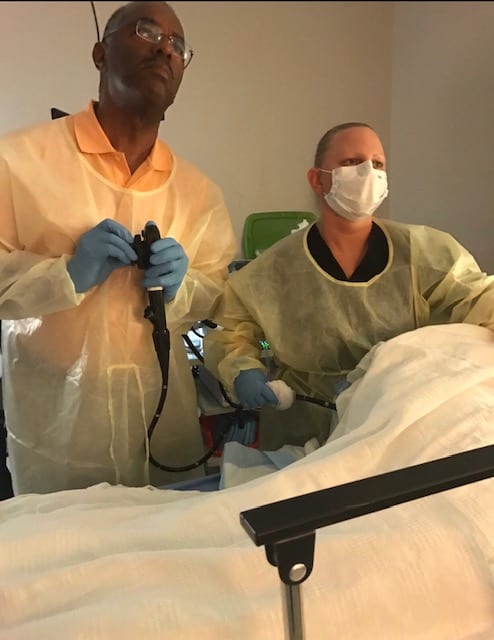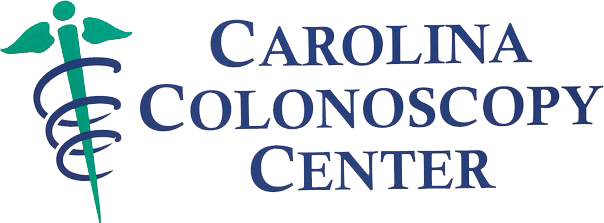
The outstanding results achieved by primary care physicians utilizing the standardized Lloyd Tandem Colonoscopy Technique defy conventional wisdom. I agree with my GI colleagues that the skills necessary to perform colonoscopy in their traditional method are very complex. In fact, some GIs never fully master the technique. It became apparent to me early in my colonoscopy career that the methods employed were unnecessarily complex. With the advent of video colonoscopy, everyone in the colonoscopy suite can see the walls of the colon. The rational reluctance to allow a GI tech to advance the scope are eliminated when everyone can see the lumen and assure safe advancement. The GIs have never taken advantage of the technological improvements heralded with video chips.
Hundreds of other innovations have made the Tandem Colonoscopy Technique deliver double to triple the cancer protection of the traditional approach. Amazing to get twice to triple the value for no additional cost, and it turns out to be far safer, too. We can finally claim victory over colorectal cancer as we pass eighty percent prevention of cancer and ninety percent reduction in deaths. The mechanical techniques used to insert and advance the colonoscope are vastly different between our innovative approach contrasted with the awkward traditional one-man approach (used by GIs). In the one-man GI method, the doctor advances the scope with their right hand (usually the dominant one) and then controls the precision tip deflection with their often quite clumsy left hand. All the special functions of air insufflation, fluid withdrawal, photo-documentation, biopsies and polyp removal are also accomplished predominantly with the left hand.
In the Lloyd Tandem Model, the doctor is given their dominant hand to control all the precision functions leaving the advancing and withdrawing of the tube to a well-trained assistant. The ability to see the colon surfaces thoroughly facilitates detecting far more polyps and removing them is also simplified. The dramatic increase in protection from subsequent colorectal cancer confirms the powerful advantages of extra dominant hands (and extra trained eyes viewing the colon surface) in ensuring that the colon is thoroughly inspected, and polyps are completely destroyed.

A clear reflection of the difficulty some GIs have with examining the colon surfaces is the article in the New England Journal of Medicine (see article in references section) that revealed one doctor in a group of twelve experienced board-certified gastroenterologists found more than ten times as many pre-cancerous polyps per patient as his most inept partner. Yes, a ten-fold variation. This is clearly unacceptable, yet nothing has been done to force doctors to evaluate their technical expertise. This, is in spite of the fact that there exists a well-known standard of quality that is simple to measure. Why don’t we require all colonoscopists to reveal their Adenoma Detection Rate (ADR)? If we required all doctors to function above the minimal standard, we could save 25,000 lives from death from colorectal cancer every year. The technicians assisting the primary care physicians are thoroughly trained. If the physician encounters difficulty during a case, they can always request assistance from the ever-present resident expert. This dramatically reduces the stress to the PCP who is performing a specialized service at a quality level measured in the top five percent of gastroenterologists. This amazing feat is achieved via the simplifications afforded thorough the Tandem Colonoscopy Technique. If your colonoscopist has an ADR below the national standard (25), you only get one-tenth the protection delivered by doctors above the threshold.
The ever-available expert is called to assist the PCP when a case is beyond their comfort zone. Such availability is unique in our Tandem Colonoscopy model. Rarely in medicine is a team approach employed. Most colonoscopy cases are uncomplicated. We do not know in advance which will take the skills of a more experienced expert. The Tandem Colonoscopy Technique assures the patient that an expert is ever available to jump in when needed. Elsewhere, the patient is at the mercy of the capabilities of a single physician, without the safety and quality of having a seasoned expert to collaborate when required.

